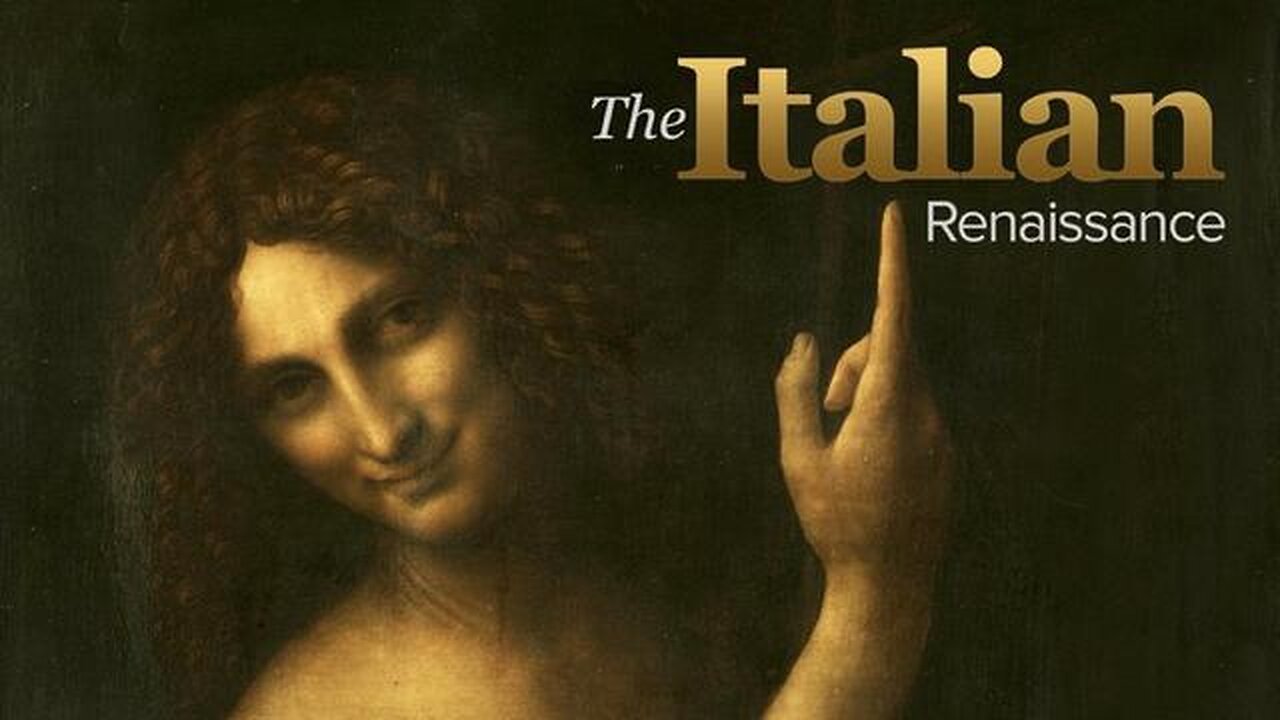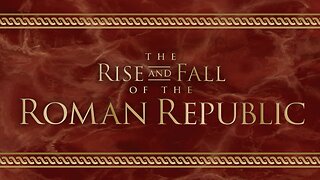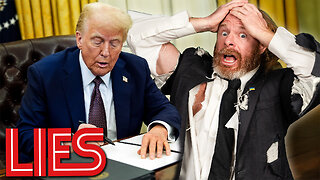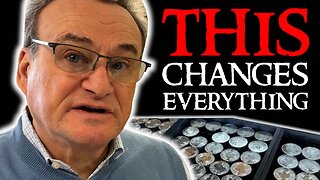Premium Only Content

The Italian Renaissance | The Renaissance Papacy (Lecture 24)
Lecture 24: After Martin V returned a united papacy to Rome in 1420, it was the ambition of almost every Renaissance pope to reestablish the authority of the Holy See. But if absolute papal theocracy were to be firmly reestablished, it would be necessary for the pope to enjoy economic, military, and political power, as well as spiritual primacy. There was, therefore, built into the papacy an ambiguous dual authority, one religious and one secular.
As the heirs of St. Peter, the popes who ruled during the Renaissance were the leaders of Catholicism. But also as the reputed heirs of the Roman emperors, they were regarded as universal sovereigns. Thus, the story of the Renaissance papacy is one of family and personal ambition, a desire to increase the grandeur of Rome and the see of St. Peter while also increasing the power of the pope’s family so that it could outlast his death. In fact, the Renaissance popes were most often seen by their neighbors as powerful Italian princes, ruling a large state that cut across the center of the peninsula north of the Kingdom of Naples.
Primary Source Texts:
Kenneth R. Bartlett, “The Church and the Papacy,” pp. 297–339, in The Civilization of the Italian Renaissance.
Secondary Sources:
Peter Partner, Renaissance Rome, 1500–1559: A Portrait of a Society.
Charles L. Stinger, The Renaissance in Rome.
Supplementary Reading:
Michael Mallett, The Borgias: The Rise and Fall of a Renaissance Dynasty.
Lecture 25: https://rumble.com/v4yk0f8-the-italian-renaissance-the-crisis-the-french-invasion-of-1494-lecture-25.html
-
 15:19
15:19
The Great Courses
3 days agoThe Rise And Fall Of The Roman Republic | Rome and the American Founding (Lecture 12)
148 -
 1:54:45
1:54:45
Twins Pod
3 hours agoMAGA P***star is HATED By Conservatives AND Leftists... | Twins Pod - Episode 49 - Brandi Love
17.2K14 -
 UPCOMING
UPCOMING
Bare Knuckle Fighting Championship
1 day agoBKFC KNUCKLEMANIA V PHILADELPHIA Weigh-In | LIVE!
865 -
 LIVE
LIVE
Scammer Payback
2 hours agoCalling Scammers Live
264 watching -
 1:10:38
1:10:38
Awaken With JP
3 hours agoJFK Files to be Released! Trump’s Boss Move - LIES Ep 75
36K34 -
 1:50:19
1:50:19
The Quartering
5 hours agoTrump NUKES The Deepstate, BANS Trans In Military & Terminates Dr. Fauci Protections!
62.3K57 -
 58:24
58:24
Uncommon Sense In Current Times
20 hours agoUnbreakable: How Jeff Younger Stands Firm Against Courts, Government, and Personal Attacks
1.71K -
 1:56:01
1:56:01
Nina Infinity
22 hours agoGOOD NEWS - Infinite Hope # 219 | Birthday Stream with Guests!
12.7K -
 15:08
15:08
Silver Dragons
1 day agoWhat Will the TRUMP Tariffs Will Do to Silver & Gold Price?
16K7 -
 19:37
19:37
Neil McCoy-Ward
7 hours ago🚨 The CRAZIEST Moments From Davos 2025... ! 🔥
14.4K5